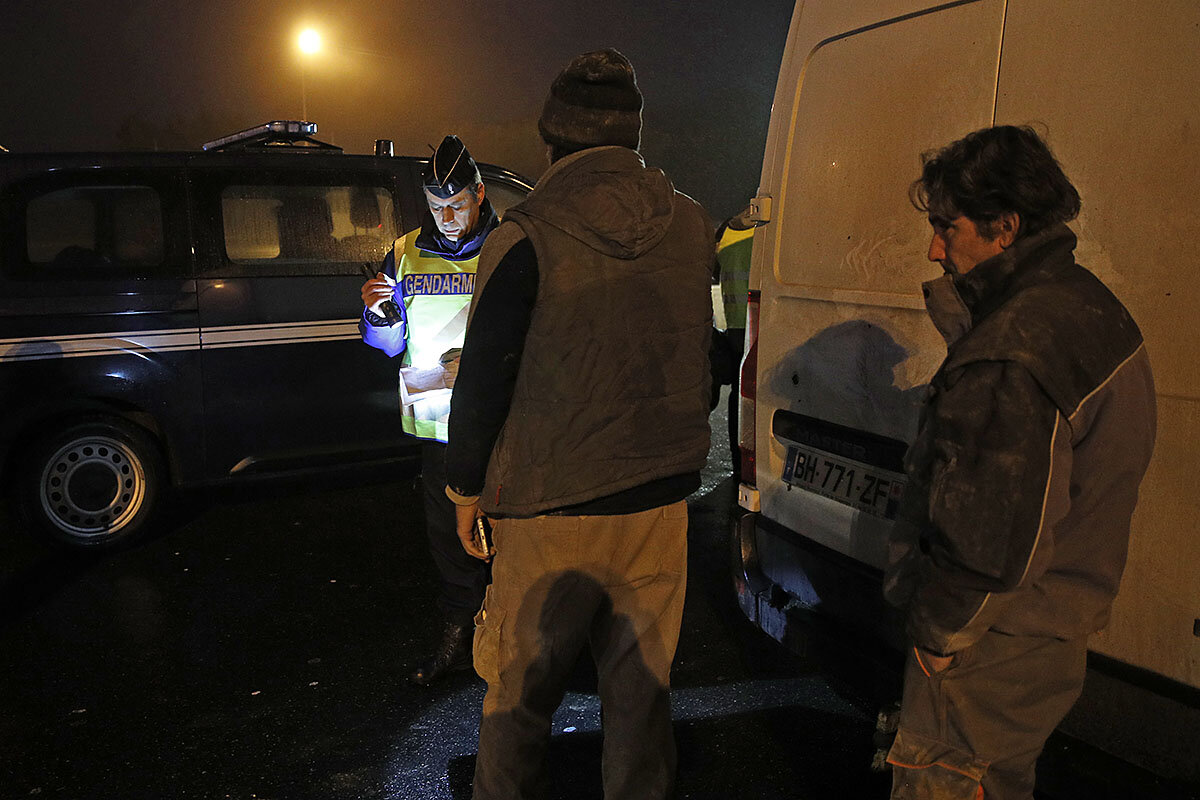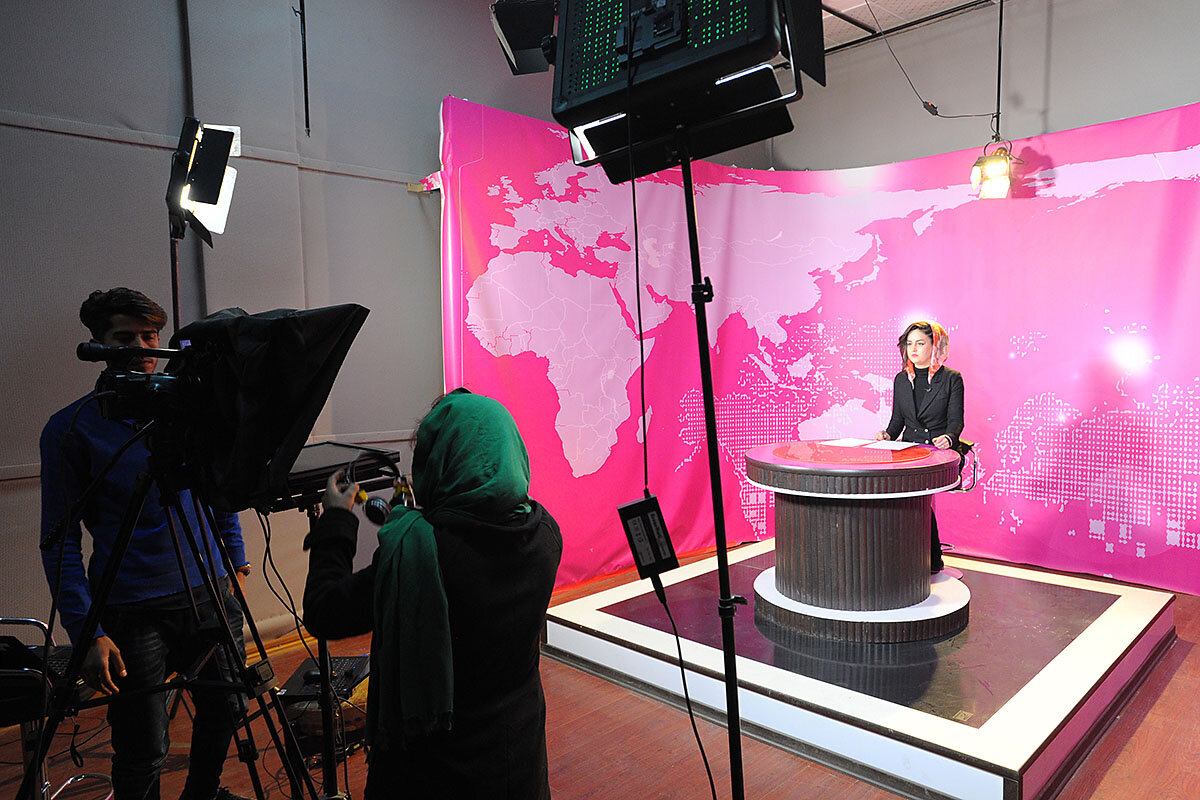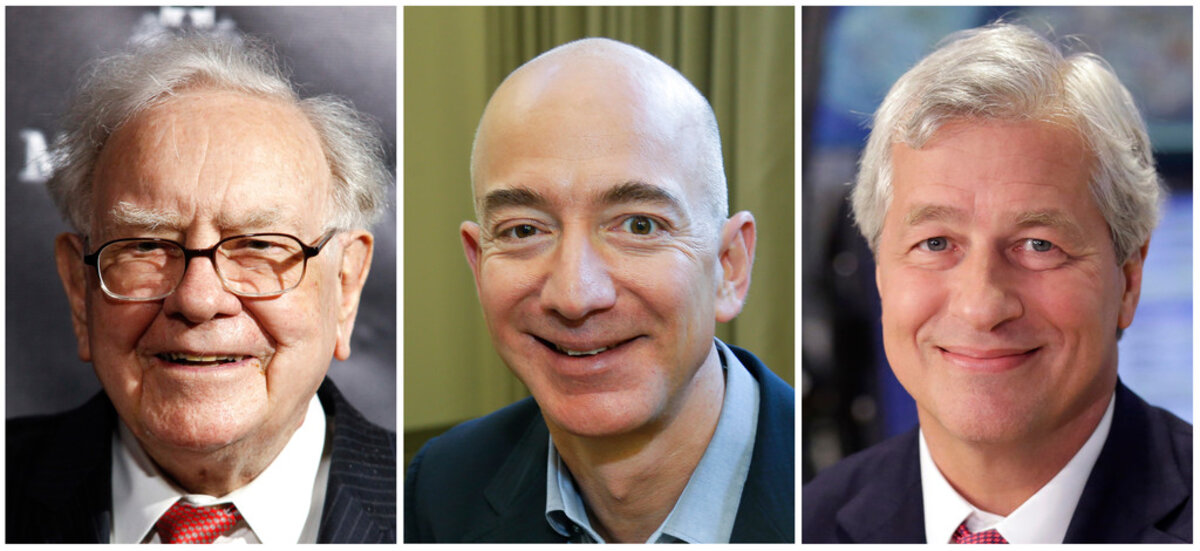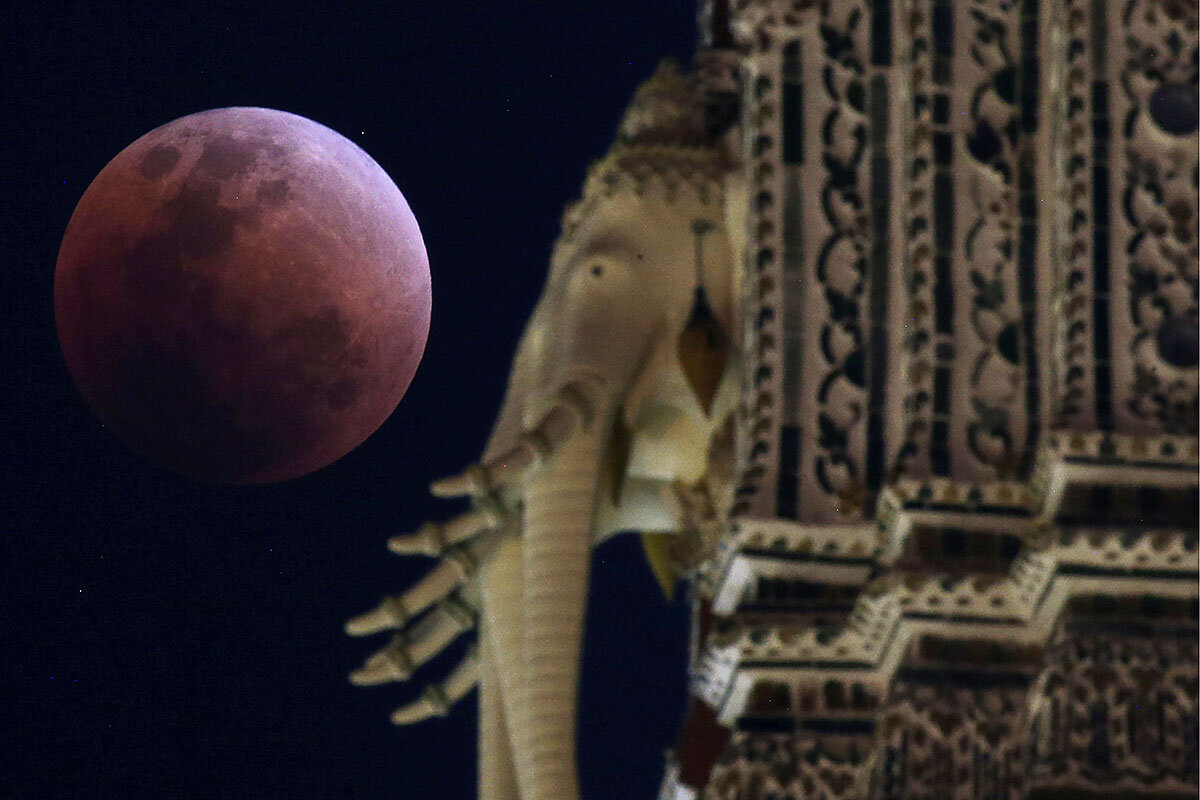Discussion of America's deteriorating bridges and roads quickly surfaces two things: sharp philosophical differences over how to fund fixes, and agreement on the urgency of the problem. Perhaps there's more common ground than appears on the surface.
Monitor Daily Podcast
- Follow us:
- Apple Podcasts
- Spotify
- RSS Feed
- Download
 Amelia Newcomb
Amelia Newcomb
Americans haven’t associated Europe with dynamism in the past decade. That’s all the more reason they should take note of a bit of news from the continent: the European Union said Tuesday that the gross domestic product of both the EU and the eurozone jumped 2.5 percent in 2017, outpacing that of the United States. That’s its fastest growth rate in a decade. And helping to drive it was France, which just a year ago was in the throes of what looked like a populist revolt that would deliver the presidency to right-wing euroskeptic Marine Le Pen.
Instead, we now have President Emmanuel Macron and a country experiencing a distinct shift in its view of itself.
Sara Miller Llana, our Europe bureau chief, is tracking this new buoyancy. One analyst told her Mr. Macron is “the most proud European we’ve ever had in the Fifth Republic.” And an entrepreneur characterized his country, long known for workplace constraints, as full of "hustle."
This march didn’t start with Macron. And it's happening in the context of a global “synchronized recovery,” with unemployment falling and investment rising in all major economies. But his confidence in France’s ability to innovate and reform, combined with firm support for the “European project,” is catching on. Now, businesses are talking about shedding fear – and believing in the future.
Now, here are our five stories, which get us to think twice about accepted perspectives on everything from infrastructure to planet Earth.










